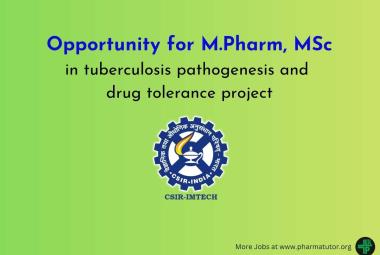January 8, 2010 — Thoracoabdominal calcifications on radiography predict cardiovascular and total mortality, according to the results of an 18-year follow-up study reported online in the December 15, 2009, issue of Diabetes Care.
"Vascular calcification is initiated by metabolic, mechanical, infectious, or inflammatory injury to vasculature," write Auni Juutilainen, MD, from Kuopio University Hospital in Kuopio, Finland, and colleagues. "Its progression is mainly determined by inflammatory response to vascular injury. It may precede cardiovascular disease (CVD) morbidity and mortality by years or decades in subjects with type 2 diabetes and in [the] general population."
The goal of this study was to determine CVD and total mortality associated with thoracoabdominal calcifications on radiography. The study cohort consisted of 833 participants with type 2 diabetes and 1292 participants without evidence of diabetes who were followed up for 18 years. Age range was 45 to 64 years, and participants had no evidence of CVD at baseline. Hazard ratios (HRs) were adjusted for conventional risk factors.
Marked thoracoabdominal calcifications were associated with CVD and total mortality. In type 2 diabetic men, HRs were 1.5 for CVD mortality (95% confidence interval [CI], 0.8 - 3.0) and 1.8 for total mortality (95% CI, 1.1 - 2.9). HRs were 3.0 for CVD mortality (95% CI, 1.6 - 5.7) and 3.1 for total mortality (95% CI, 1.9 - 5.0) in type 2 diabetic women, 5.0 for CVD mortality (95% CI, 2.2 - 12) and 4.0 for total mortality (95% CI, 2.2 - 7.4) in nondiabetic men, and 7.8 for CVD mortality (95% CI, 1.8 - 34) and 3.0 for total mortality (95% CI, 1.3 - 7.0) in nondiabetic women.
The presence of high-sensitivity C-reactive protein (hs-CRP) modified the HR. For hs-CRP levels less than 3 mg/L, the HR in type 2 diabetic subjects was 2.4 (95% CI, 1.3 - 4.4); for levels more than 3 mg/L, it was 3.0 (95% CI, 1.4 - 6.1). In nondiabetic subjects, the HR was 4.0 for hs-CRP levels less than 3 mg/L (95% CI, 1.5 - 10.8) and 6.6 for levels more than 3 mg/L (95% CI, 2.7 - 16.0).
"Thoracoabdominal calcifications in native radiograms are significant predictors of CVD and total mortality especially in type 2 diabetic and non-diabetic women with elevated hs-CRP level," the study authors write.
Limitations of this study include exclusion of some subjects because of missing data points.
"Combining hs-CRP — a surrogate of activity of atherosclerosis — with the presence of calcifications — a surrogate of stage of atherosclerosis — the prognostic value improves," the study authors conclude. "Based on the findings of the present study, detection of thoracoabdominal radiological calcification should lead to a detailed evaluation and treatment of CVD risk."
Diabetes Care
. Published online December 15, 2009.
FIND MORE NEWS-








